The Article
The Beatles: Which CD Version? (Part 2)
23rd May 2016
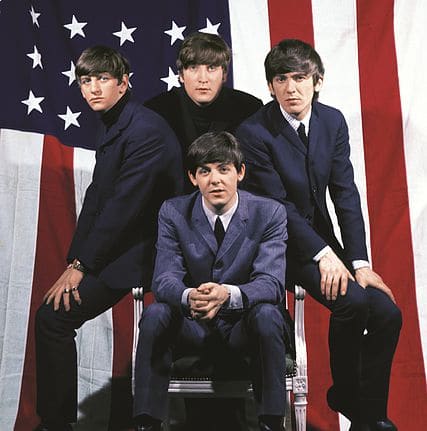
Paul Rigby concludes his review of The Beatles U.S. Albums box set with a thorough sound test and a closer look at the unique Capitol mixes
Listening to the music of the new U.S. Albums box set, mastered by Sterling Sound in New York City, NY, USA, is an enjoyable experience but attempting to come to definitive sonic conclusions, in the face of the other contemporary collections currently available for sale, is another matter.
To achieve this aim, the U.S. Albums CD box set demands comparison with several other notable musical CD sources. Firstly, there are the 2004/2006 editions of The Capitol Albums box sets, (Vol.1 and Vol.2) which represented the first time that the American albums were officially released onto CD and is the most obvious, direct, comparative source. As we have also learned, in Part 1 of this special examination of the U.S. Albums box set, it makes heavy use of the 2009 stereo and mono masters that were also used in the UK editions of the Beatles In Stereo and Beatles In Mono box sets, respectively. Hence, we need to look at how both the stereo and mono tracks, within the U.S. Albums box set, compare with both of these boxed UK sources.
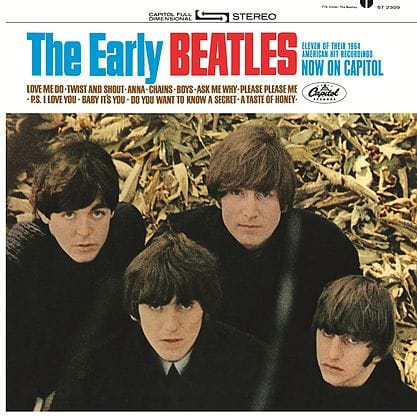
I began the sound tests by spinning the mono version of Love Me Do, on the U.S. Albums (USA) box set, with the same track/version on the Capitol Albums (CA) box set.
The dominant impression of the USA edition was one of clarity: each instrument and vocalist could clearly be discerned within the master. The CA version, in contrast, was dogged by blurring and blooming. The USA track also enjoyed a spacious and airy presentation while the bass drum and bass guitar were big standouts. Both were beautifully formed, simple but effective.
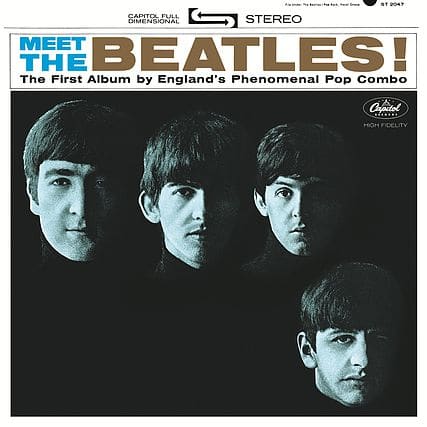
Further on percussion, the CA version allowed the tambourine to dominate whereas the USA master pushed that secondary percussion back into the mix to allow the bass guitar to take a full part in the performance for the first time. This was especially noticeable within the instrumental break, where the bass acted more as a partner to John Lennon’s harmonica solo while George Harrison’s subtle rhythm guitar could be heard easily throughout for the first time.
Next, was the stereo version of Twist And Shout on the USA box set compared with the same stereo track on the CA box set.

This track provided a perfect A-B comparison because it allowed a rare glimpse of The Beatles’ as a flat-out, high energy, rock band, as heard in their pre-fame, Hamburg style, via an official, commercial release. This is the track that turned the Rolling Stones into the ‘Strolling’ Stones.
Listening to the CA original, it bristled with energy and passion. This is a raw cut which, during the original session, shredded Lennon’s vocals actually injuring him at the end of the final recording. Add the contemporary compression and limiting which added urgency and plenty of rough edges and you have a song bristling with sexual tension, aggressiveness and power.
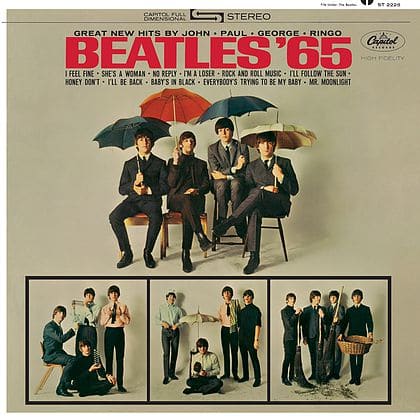
Moving to the USA version, cleaned up and derived from the UK 2009 mono masters, I was initially confused. The track sounded bereft of drive and desire. Gone was the excitement. Then I realised that I had kept the same gain setting from the relatively distorted CA version. The USA clean master almost begged for volume so up went the gain. With increased volume, everything made sense again. I was closer to the action, in amongst the band, almost able to reach out and touch the hunger in Lennon’s delivery. My ears were on the edge wondering if Lennon’s voice was going to lose all control. The performance was stunning. Ringo’s drums had also found weight, heft and power, while new space and distance was realised between the McCartney and Harrison backing. The new version of Twist And Shout was momentous, monstrous even.
Finally, comparing the USA box set’s versions of the Capitol-specific mixes to the CA versions and focusing upon the mono version of I’ll Be Back, the new USA master offered a far more mature rendering than the CA version. Most noticeable was the increased width of the mono soundstage and, more immediately, the layered, 3D depth that saw the vocals positioned right in front of the strumming guitars. This layering effect added welcome texture and complexity to the final master.
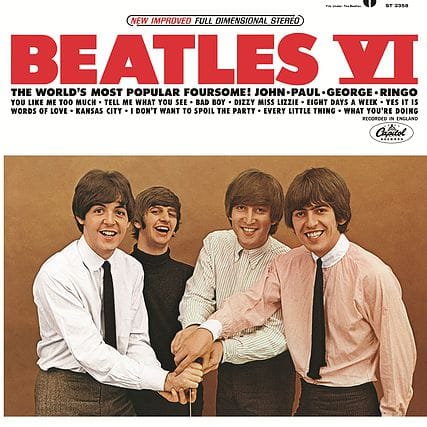
For the next test, Sterling’s U.S. Album box set stereo masters (which utilised the Abbey Road-created, 2009 masters) versus Abbey Road’s unique implementation of the self same 2009 stereo masters as heard in the Beatles In Stereo UK box set, don’t forget that Abbey Road added a touch of limiting to its own stereo masters (see The Beatles: U.S. Albums Pt.1 feature). Sterling, on the other hand, reportedly added no limiting or compression, for the USA box set, just a touch of neutral gain. Which is top dog? The Abbey Road stereo master or the Sterling stereo master?
Playing Tomorrow Never Knows (surely a production that was years ahead of its time) it was apparent that Sterling had done, well, a sterling job. While the soundstage size and structure was the same as the UK, Abbey Road, master, the Sterling master added warmth and enhanced bass giving it greater drive and power. Ringo was deep and dirty in his contribution whereas, in the UK master, he was a touch too polite. In addition, via Sterling’s stereo master, Lennon’s vocals lost that harsh edge, sounds more natural and flowing while percussion offered increased delicacy, precision and fragility in its presentation. The same general result was present during other A-B tests between the Sterling and Abbey Road stereo masters.
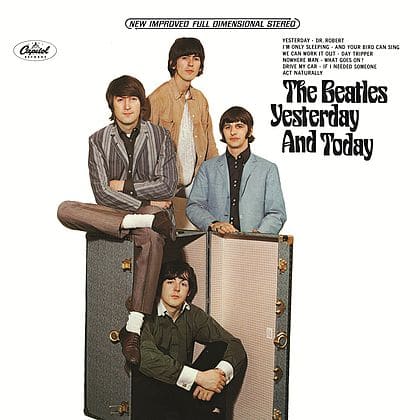
So how did the Sterling and Abbey Road mono masters rate? By rights, there should have been no difference as Abbey Road didn’t add any limiting or compression to the mono masters within The Beatles In Mono box set. In fact, the latter has always been seen as an audiophile edition box set. Nevertheless, I gave Taxman a spin to hear for myself and was pleasantly surprised to hear subtle yet definite improvements in the Sterling edition. As in the stereo masters, there was an element of warming in the overall presentation of this mono track, triggered by slight lifting of the bass frequencies. More surprisingly, however, was a slight calming of the upper frequencies within the Sterling master that actually improved the clarity slightly, making the Harrison guitar solo more palatable and less wearying to the ear. Similarly, the Harrison lead vocal delivery was more direct and precise. While the mono masters were, basically, very similar, I did prefer the Sterling interpretation.
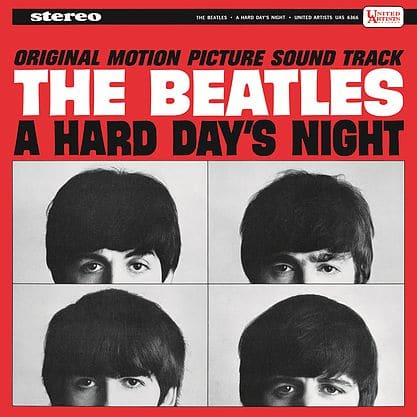
The final comparison focused on the George Martin remixes of both Help! and Rubber Soul. The full story of these mixes can be found in my recent Which Stereo Verison? feature review. Suffice to say that the relatively recent 1987 mixes have been criticised, by some Beatles audiophiles, as being a touch bright.
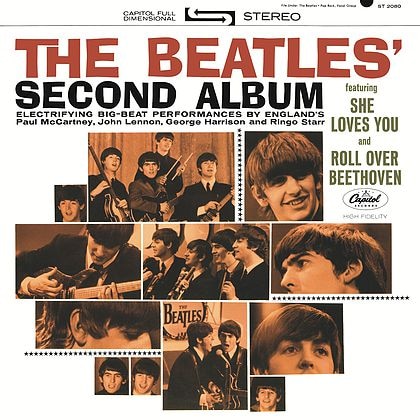
I personally believe that the accusation of brightness, on these 1987 variants, is vastly overstated. What the new Sterling master does, however, is create a slightly recessed vocal while thrusting forward both the Lennon guitar and Harrison sitar in the soundstage, adding clarity to the lyrics. The Sterling remaster also enriches the vocal, giving it body and bulk for a more articulate delivery as well as a wider, richer soundstage and a much enhanced suite of lower frequencies, providing welcome balance to the orchestration.
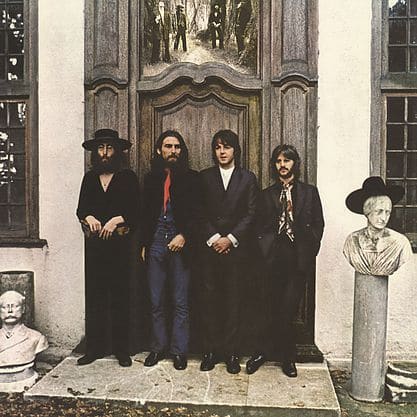
CONCLUSION
In short? The U.S. Albums box set is an absolute triumph. Not only does the set trounce the original 2004/2006 Capitol Albums box sets, relegating both sets to the status of ‘interesting curiosities’, it actually improves upon Abbey Road’s original, slightly flawed, Beatles In Stereo box set and, incredibly, has the audacity to have the edge on the Beatles In Mono box set! The U.S. Albums is, therefore, an absolutely essential purchase for all Beatles fans, whether you are interested in the US versions of the Beatles oeuvre or not. What we have here is a true audiophile edition of the Beatles works on the digital format.
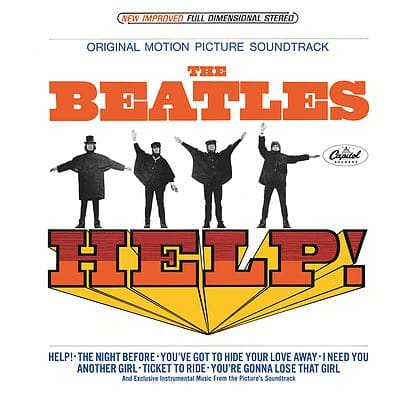
THE UNIQUE MIX LIST
One of the most confusing topics for any dedicated Beatles fan who is looking to buy the U.S. Albums box set is just how much of the set features the original Capitol mixes? Browse the internet on this matter and you will find wildly different figures. No one agrees because the official list has, as far as we can tell, not been published before. Until now.
As the U.S. Albums box set co-ordinator and audio supervisor, Steve Berkowitz, explained, “This list was generated from production notes from the sessions of The Beatles U.S. Albums at Capitol when reviewing and gathering sources and work produced by (mastering engineer) Greg Calbi and myself at Sterling Sound in New York City. The source for the information comes from the notes and files of Michael Murphy (EMI/Universal A&R) who we worked with on this project and my production records and files. I believe this to be the most comprehensive and accurate list that reflects both sources and production.”
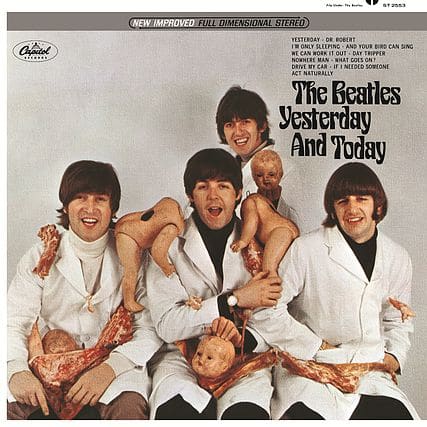
THE BEATLES 2nd ALBUM MONO
1. ‘Long Tall Sally’
2. ‘I Call You Name’
A HARD DAY’S NIGHT STEREO
3. ‘I Should Have Known Better’ instrumental
4. ‘And I Love Her’ instrumental
5. ‘Ringo’s Theme (This Boy)’ instrumental
6. ‘A Hard Day’s Night’ instrumental
A HARD DAY’S NIGHT MONO
7. ‘I Should Have Known Better’ instrumental
8. ‘And I Love Her’ instrumental
9. ‘And I Love Her’ vocal
10. ‘Ringo’s Theme (This Boy’) instrumental
11. ‘A Hard Day’s Night’ instrumental
SOMETHING NEW STEREO
12. ‘If I Fell’
SOMETHING NEW MONO
13. ‘I’ll Cry Instead’
14. ‘Any Time At All’
15. ‘When I Get Home’
16. ‘And I Love Her’
THE BEATLES STORY
17. Used the original U.S. analogue stereo 1/4″ tape master – full album
BEATLES 65 MONO
18. ‘She’s A Woman’
19. ‘I’ll Be Back’
20. ‘I Feel Fine’
HELP! STEREO
21. ‘HELP’ (James Bond intro Music only) instrumental
22. ‘From Me To You’ instrumental
23. ‘In The Tyrol’ instrumental
24. ‘Another Hard Days Night’ instrumental
25. ‘The Bitter End’ instrumental
26. ‘The Chase’ instrumental
HELP! MONO
27. ‘HELP!’ (James Bond intro Music only) instrumental
28. ‘From Me To You’ instrumental
29. ‘In The Tyrol’ instrumental
30. ‘Another Hard Days Night’ instrumental
31. ‘The Bitter End’ instrumental
32. ‘The Chase’ instrumental
RUBBER SOUL STEREO
33. ‘The Word’
34. ‘I’m Looking Through You’
RUBBER SOUL MONO
35. ‘Michelle’
YESTERDAY & TODAY STEREO
36. ‘We Can Work It Out’
37. ‘Day Tripper’
YESTERDAY & TODAY MONO
38. ‘I’m Only Sleeping’
39. ‘Dr. Robert’
40. ‘And Your Bird Can Sing’



[…] expert source for the producers of the magnificent CD box set, The US Albums which I featured HERE. Indeed, it is The Beatles in the USA which is the principle target of Spizer‚Äôs research efforts […]
One of the things that always bugged me is the omission of several unique US mixes, including, but not limited to, the far superior US stereo mix of Strawberry Fields Forever.